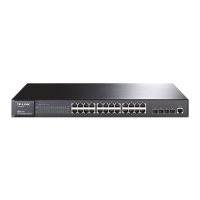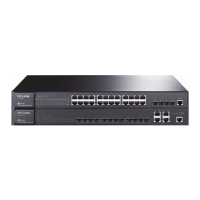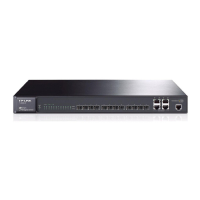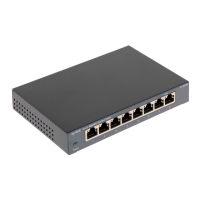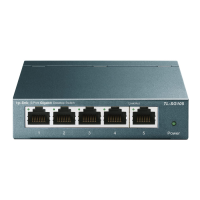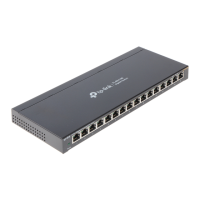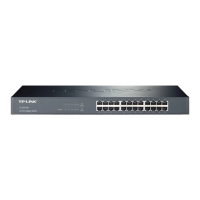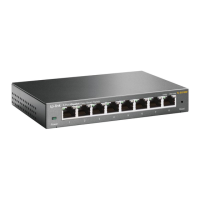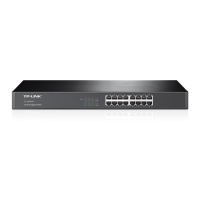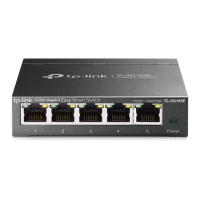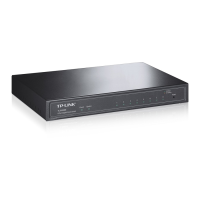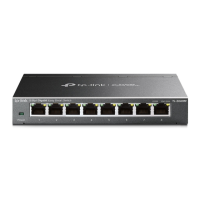Command Line Interface
4-36
4
• The SSH server uses DSA or RSA for key exchange when the client first
establishes a connection with the switch, and then negotiates with the client
to select either DES (56-bit) or 3DES (168-bit) for data encryption.
• You must generate the host key before enabling the SSH server.
Example
Related Commands
ip ssh crypto host-key generate (4-38)
show ssh (4-40)
ip ssh timeout
This command configures the timeout for the SSH server. Use the no form to restore
the default setting.
Syntax
ip ssh timeout seconds
no ip ssh timeout
seconds – The timeout for client response during SSH negotiation.
(Range: 1-120)
Default Setting
10 seconds
Command Mode
Global Configuration
Command Usage
The timeout specifies the interval the switch will wait for a response from the
client during the SSH negotiation phase. Once an SSH session has been
established, the timeout for user input is controlled by the exec-timeout
command for vty sessions.
Example
Related Commands
exec-timeout (4-13)
show ip ssh (4-40)
Console#ip ssh crypto host-key generate dsa
Console#configure
Console(config)#ip ssh server
Console(config)#
Console(config)#ip ssh timeout 60
Console(config)#
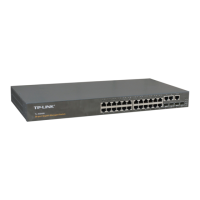
